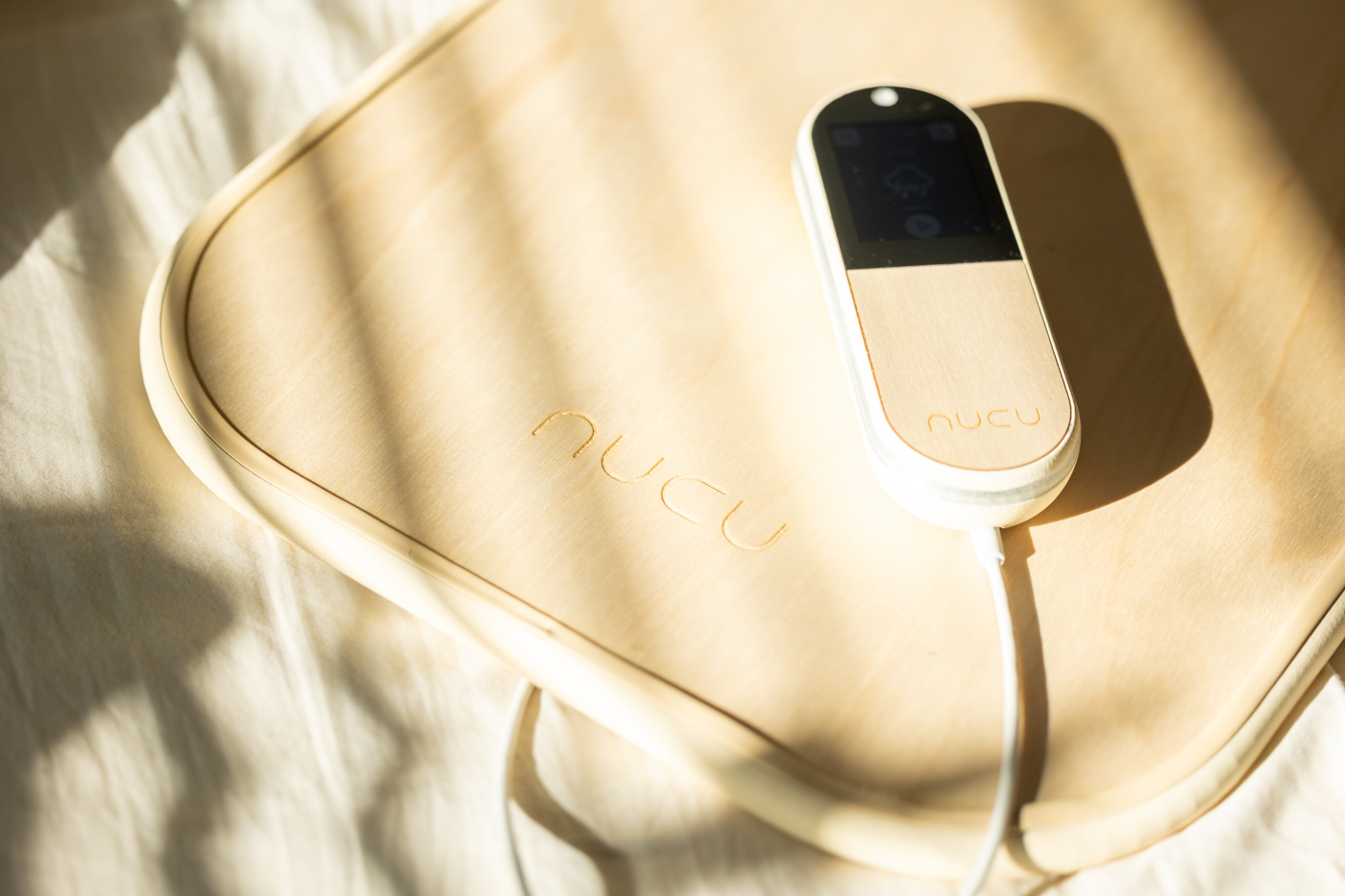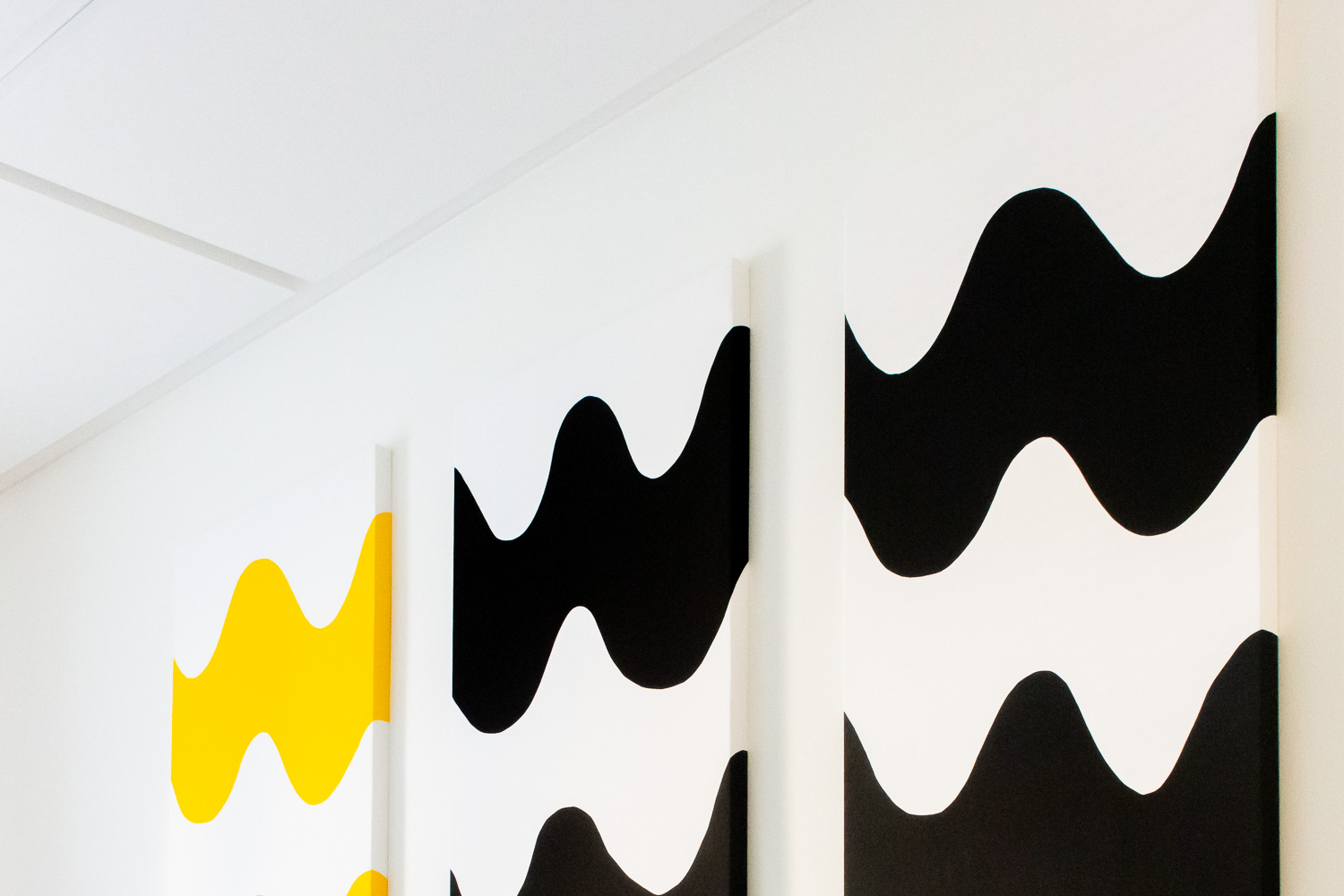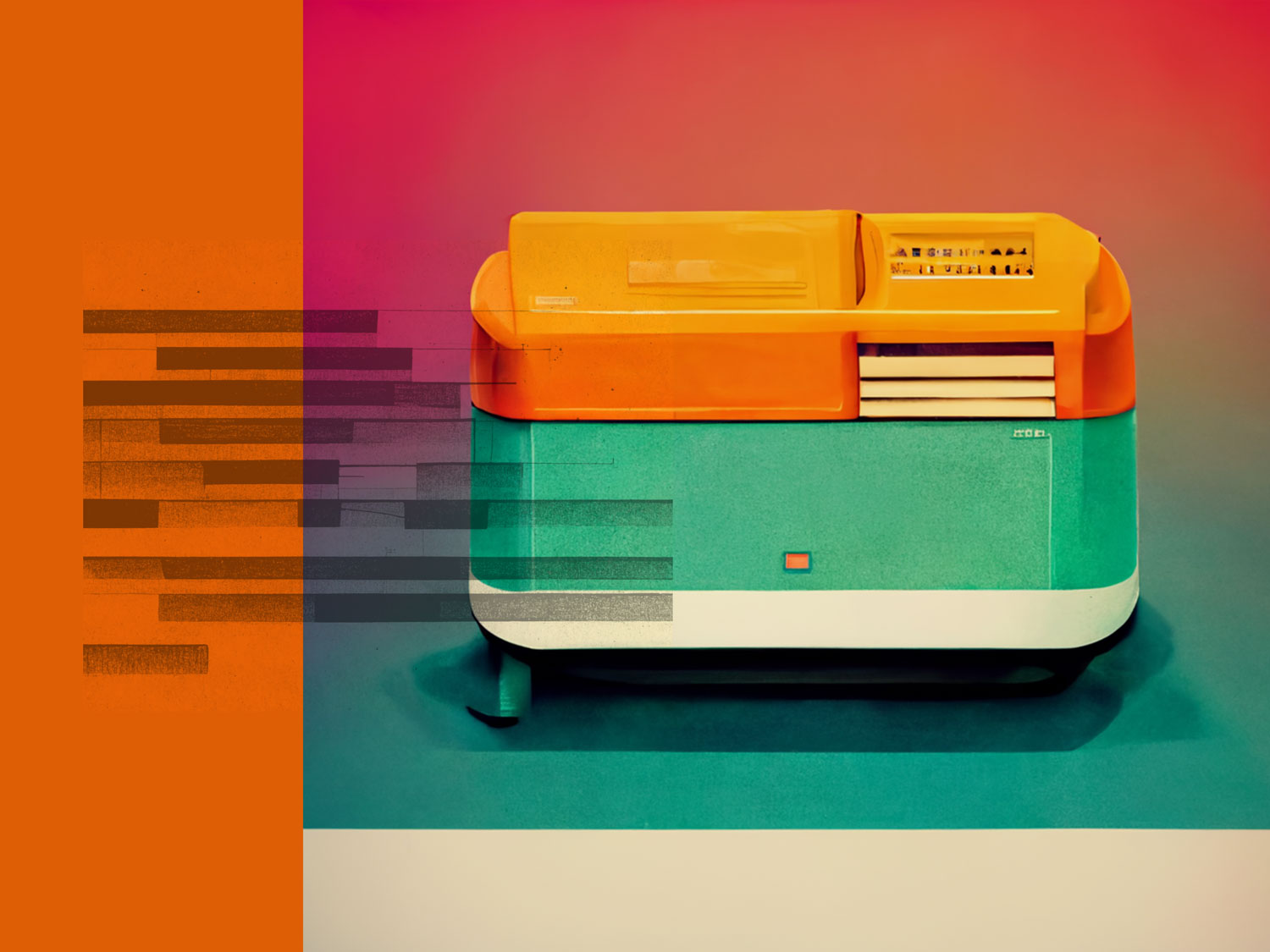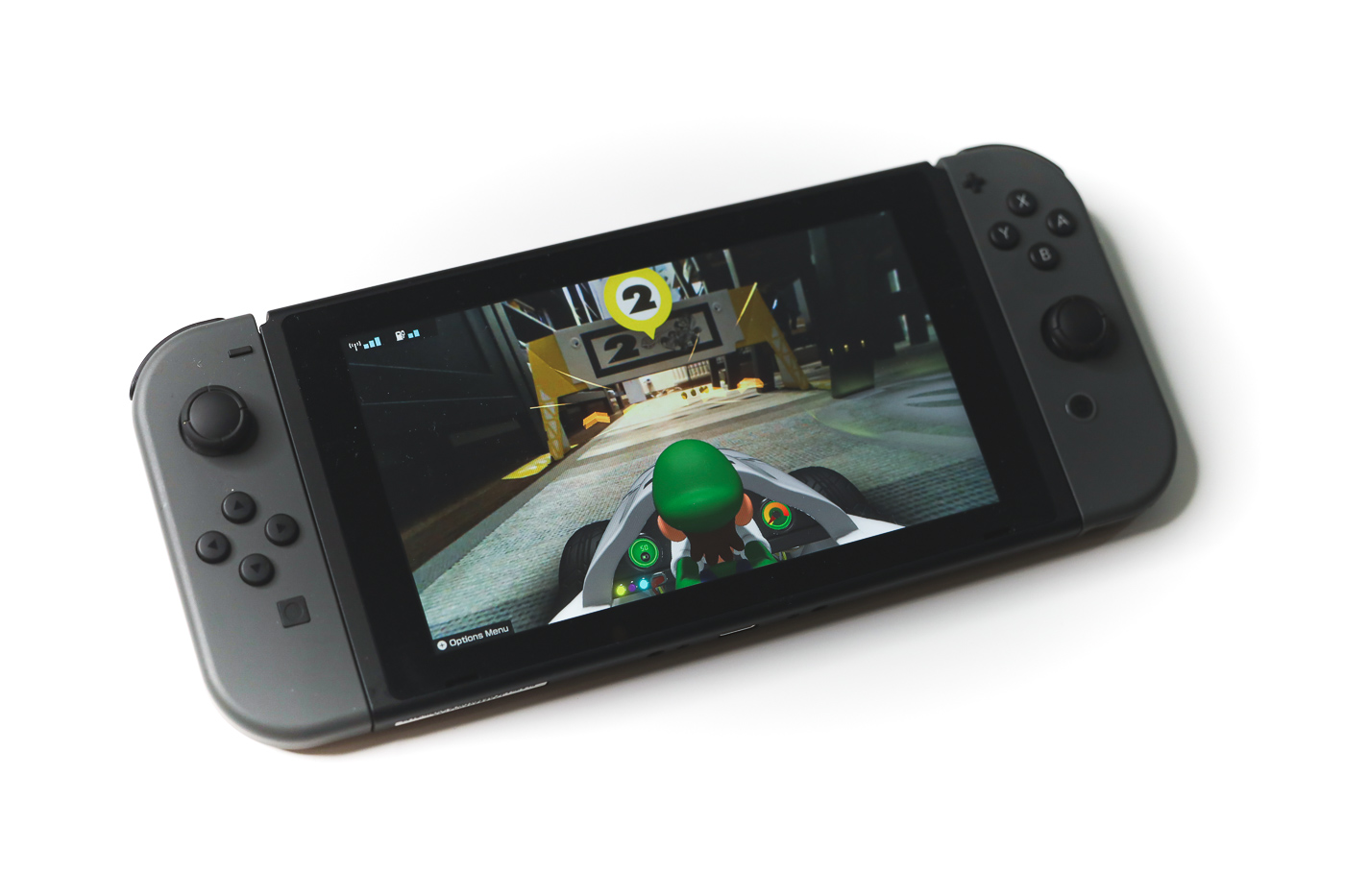Your cart is currently empty!
Now under review
Category: Family
-

Nucu Pad: Review of the Multisensory Sleep Pad for Babies
The Nucu Pad is a new Finnish multisensory sleep pad for babies. It’s designed to support the baby’s sleep and the family’s well-being.
-

What Makes a Great Gift?
What is the purpose of the gift? To surprise, delight, add utility… or all of the above?
-

Acoustics at Home: Less Echo, More Comfort
Improving the acoustics at home can have a big effect on the quality of life. And it doesn’t have to cost a fortune. Read our tips for a more comfortable home.
-

Average Calculator: How to Find the Average
How is the average calculated? Use the Average Calculator to find the average of a group of numbers.
-

Best Dog Sweater Knitting Patterns
If you’re looking for the best dog sweater knitting patterns, have a look at our Nordic designs. They’re durable, stylish and warm.
-

Knitting Pattern: A Warm Icelandic Sweater for Dogs
Looking for inspiration for a warm Icelandic sweater for dogs? Check out this design with modern Icelandic patterns.
-

Hands-On Review: Mario Kart Live: Home Circuit
Mario Kart Home Circuit is a fun, action-packed racing game. The augmented reality adds a whole new layer of magic to the familiar world of Mario Kart.
-

Where Can You Get Disney+ Gift Cards in Finland?
The short answer is: There are currently no Disney Plus (Disney +) gift cards available in Finland. Check out alternatives.








